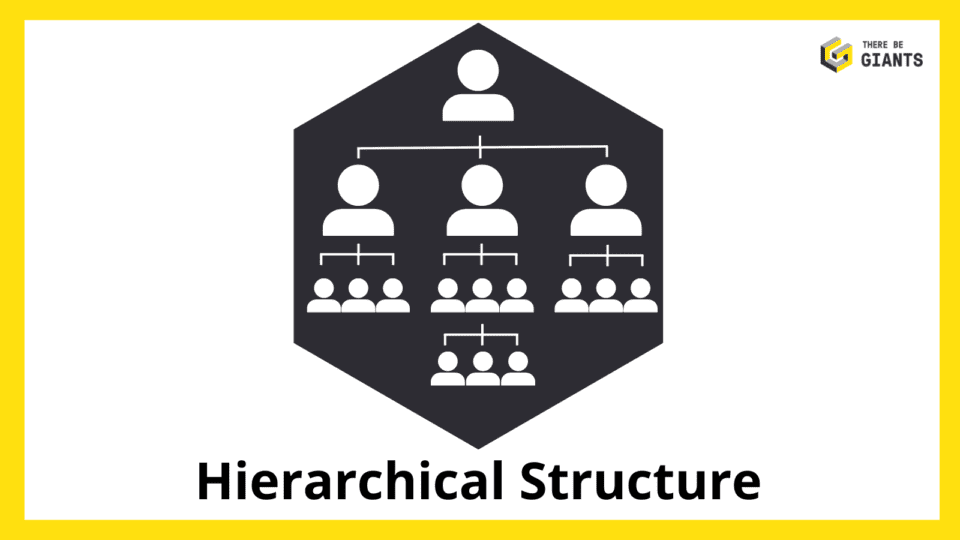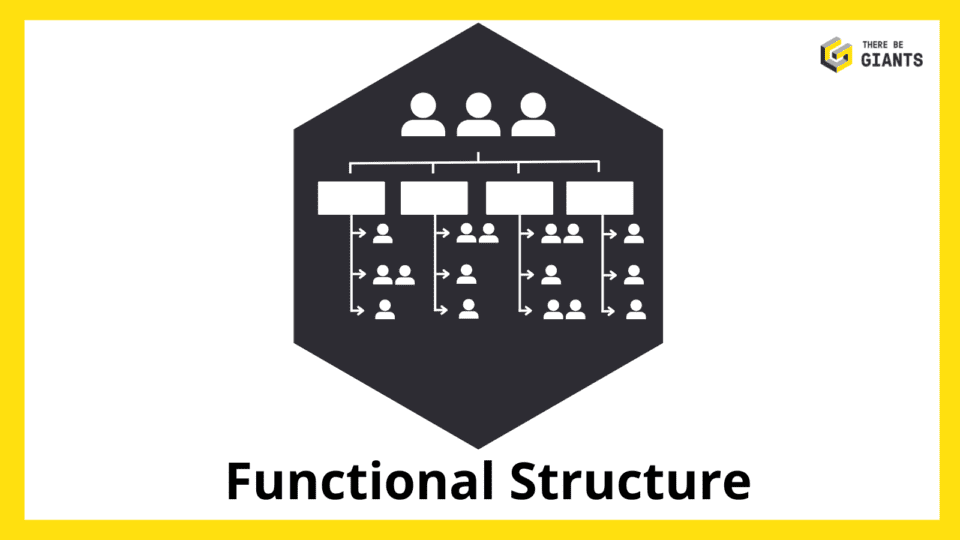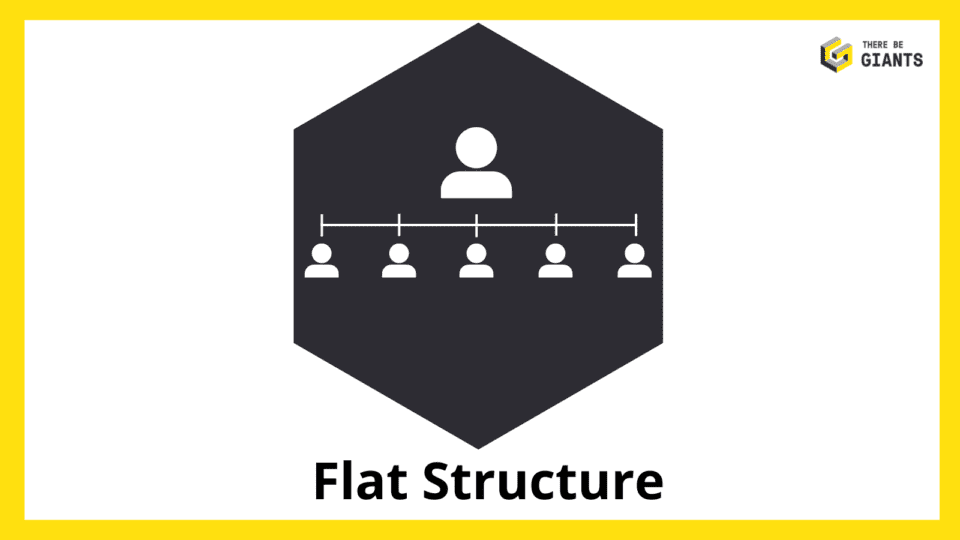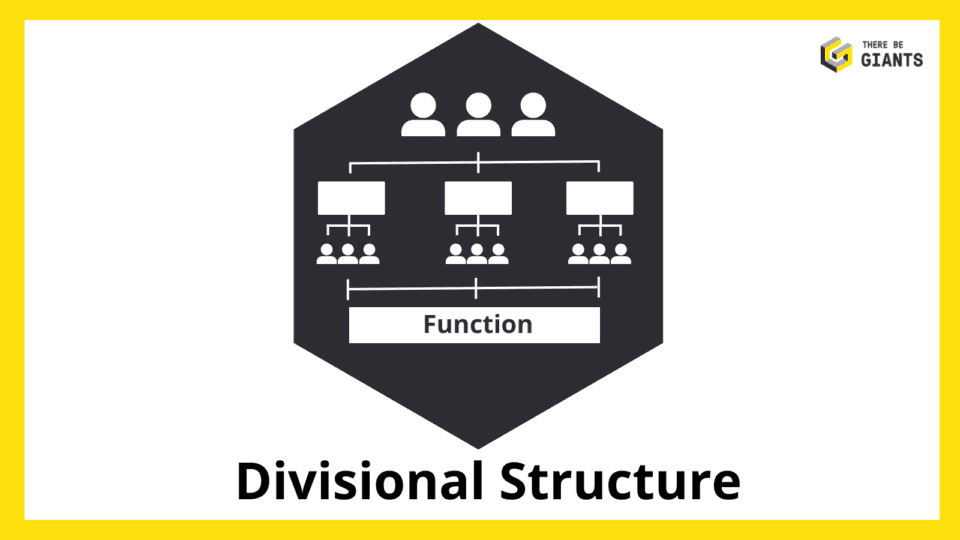In a nutshell, structure and culture play a crucial role in the success of an organisation. Even if you haven’t heard of organisational structure (also known as an ‘organogram structure’ or simply ‘org structure’ for short), the chances are your business has one.
An organisational structure outlines the hierarchy within an organisation, describing the roles, responsibilities and chains of command that exist across the company. Having all of this clearly defined with your business goals in mind is one of the essential ingredients in the recipe for business success.
So how does organisational structure affect company culture and how could making positive changes boost business performance? The short answer is tremendously. We’ve delved in further below to bring you the insights you need to unlock your true business performance potential.
The impact of organisational culture on performance
In an organisation, culture is defined as the values and standards shared by its managers and associates. Assumptions, beliefs, values, norms, and language patterns are all part of organisational culture.
In simple terms, a positive workplace culture promotes productivity, engagement, and improved employee experience. A negative work culture, in contrast, can affect productivity levels, increase turnover rate, and lead to employees feeling disconnected from their work and workplace.
When an organisation promotes a culture of transparency, has clear expectations, provides continuous feedback, and offers the right recognition, employees can easily understand what is expected of them. A culture that allows employees to be open, honest, and independent nurtures efficiency and cooperation within teams.
Employees feel valued and cherished within a company when company culture, values, and employee engagement activities are clearly defined, which results in improved performance and a healthier business environment.
Types of organisational structure
Building a high-performing organisation requires more than hiring skilled employees. You need a clear organisational structure. It’s important to establish that there are different types of organisational structure – a good number of them, in fact.
To manage large numbers of employees and avoid chaos, major organisations require an established, organised structure. Smaller organisations and startups, on the other hand, seldom consider building an organisational structure in the first place.
Miscommunication, operational delays, inefficient process flows, low morale, and other negative effects stifle corporate growth as a result of this lack of structure. A solid organisational structure, on the other hand, aids in cooperation, conflict resolution, and productivity.
The way a company is structured varies and largely depends on its size, goals and industry. Implementing a structure that adds value and aligns with your vision and objectives is crucial. Some of the main types of organisational structure include:
- Hierarchical structure
- Functional structure
- Flat structure
- Matrix structure
- Divisional structure
Hierarchical (Tall) structure

A hierarchical structure is the most common type of organisational structure out there. At its most basic level, it involves employees being grouped and assigned a supervisor – these groups can be determined by skillset, function, types of products/services or geography. This is a classic pyramid-style structure (in a business sense – not to be confused with MLM or network marketing – those are different types of structure altogether!) Leadership at the top expands down through multiple levels of supervision and management.
Functional structure
Within a functional structure, an organisation is divided into groups by roles, responsibilities or specialisms. Functional structures are popular and well-used – think of the many companies that work in this way with a finance department, marketing department, customer services department etc. This structure establishes clearly defined roles and expectations and compartmentalises different aspects of the business clearly.
Flat structure
Flat structures operate with middle management removed, meaning there’s little separating staff-level employees from the leadership. Employees generally take on more responsibility within this structure and have greater decision-making power, as it strips away hierarchical pressures and supervision, often enhancing productivity and employee confidence.
Matrix structure

To understand the matrix structure, think of your company as a grid in which employees with similar skills are grouped together and report to several managers – usually a project manager and a product manager, who monitors strategy and success. Matrix structures are often employed by larger multinationals and can be especially useful in the creative industries as they encourage skills sharing and knowledge blending across departments in order to fulfil company goals.
Divisional structure
In divisional structures organisations are split into subsets based on specific services, products or geographical locations. This type of structure is often used by blue chips, sizable franchises and large multinational firms to enable them to provide clear order to each area. Every division has its own leadership, departments and resources so they operate independently but with cohesion and overall direction coming from the same source.
There are various organisational structures, and what works for one organisation may not work for another. Many factors determine the suitability of one structure over another, so it’s critical to understand your company culture and how making changes might positively or negatively affect your whole business.
To do this, you could assess your organisational culture through surveys, cultural values assessments, making continuous feedback the norm and more.
How do organisational structure and culture work hand in hand?
Organisational structure and culture work hand in hand, as the type of organisational structure will impact how well everything in your business works, including company culture. If the company culture is bad or toxic, then changing up the organisational structure will be something a lot of organisations will think about
Which structure is best for a positive culture?
As you may have guessed, there’s no straight ‘one size fits all’ answer to this question.
Ultimately, successful organisations employ an organisational structure that works best for them. Here are some important considerations when determining which type of company structure could work best for you:
- What type of company culture do I have currently?
- What type of structure best serves my organisation and goals?
- Have I defined my company values?
- Does everybody have a purpose and know their goal in the business?
- What do I want to achieve through implementing a new organisational structure?
- How long will organisational structure change take – and what impact may that have on the business in the short term?
- How much resource and time can I dedicate to effective change management?
- Is there anyone who can support me when implementing this change?
Organisational structure influences culture – so getting this right and having a solid appreciation and understanding of your structure and what it does for your business is key.
5 steps to building a high-performing organisational culture

An employee motivation survey of over 50,000 workers found that motivated employees are 87% less likely to leave a company. They’re twelve times less likely to churn when compared to those who are not engaged – huge! A high-performance culture is built on the very bones of motivation. Here are five steps you can take to start building a culture that contributes to business success.
1. Live by your company values (and communicate them!)
Your company values are the core of your organisation. Your company’s values should be more than simply a mission statement; they should be integrated throughout every part of your organisation.
It’s easier for employees to feel fulfilled and committed in their careers when they know how their work contributes to higher goals. The result is a positive impact on customer satisfaction, productivity, and profitability due to employee engagement.
Leaders committed to developing the desired company culture will work to establish the values that anchor it.
Your values will drive your behaviour day in and day out; the values you define for your company actually contribute to the overall success of your company and give everybody a purpose. You need to make sure your values are communicated – clearly and regularly – so everyone understands how they look in practice.
This delivers a shared vocabulary and provides a way to monitor progress in shifting the culture. These behaviours should be tailored to your business needs and context since no two organisations are the same.
2. Encourage employee empowerment
Your employees will trust you to make decisions that will benefit them. In some instances, however, they expect to feel empowered to make such important decisions on their own behalf. This isn’t something to shy away from, it should be prioritised to motivate and continue nurturing an invested workforce.
Leaders who are successful are those who strive to enable employees to achieve their full potential. The best way to do that is to involve them in decisions that shape the organisation as a whole; goals, culture, values and metrics they are personally accountable for are a great place to start.
3. Create safe spaces for feedback regularly
A feedback-rich organisation is a key ingredient for a positive culture. Give employees a chance to give feedback while they’re working, thriving and progressing and not just when they leave and turn to vices like Glassdoor to provide their honest opinion.
Transparent feedback will help you find out how employees are feeling about your culture and if there is anything that needs improving. Employees and managers should give feedback regularly using a variety of feedback methods. In order to create a high-performance culture, we need to continue encouraging that growth mindset that’s always hungry for more.
4. Focus on learning and development
It’s essential to have learning and development plans for all employees to keep them engaged with the company – this isn’t a reward but one of the key fundamentals to ensure retention.
Additionally, it sends a powerful message that the company is committed to providing its employees with the tools they need to succeed. This motivates employees to remain loyal to the company and not leave for other opportunities that might not be as invested in them as you.
5. Excel in recognition
This isn’t referring to early finishes on a Friday or free lunch. Those who embrace the values of the organisation should be rewarded by management since it increases the likelihood of them, and the rest of the team, performing the job well again.
Employees have the potential to be the living, breathing embodiments of the very core values you define; so it pays to notice when they’re demonstrating them.
It’s worth noting that organisational culture will evolve even without the employer’s contribution, although it may not be healthy or productive in the absence of any direction. Creating a great organisational culture requires developing and executing a plan with clear objectives that you can work towards and measure.
In summary: How does organisational structure impact on business performance?
Your company culture encompasses everything you do and how you do it – from the talent you recruit to responsibilities, leadership and more. So culture naturally influences and impacts your business performance and the likelihood of achieving your objectives.
To help build a high-performance organisation, it is important to set inspiring, ongoing goals together that encourage high-performance behaviours.
It’s essential to look at your company culture alongside your goals and objectives and determine if how things currently are will help or hinder you on your way to achieving them.
Speak to us today for friendly, expert advice on OKR (Objective and key results) implementation and management, corporate culture change and more.




